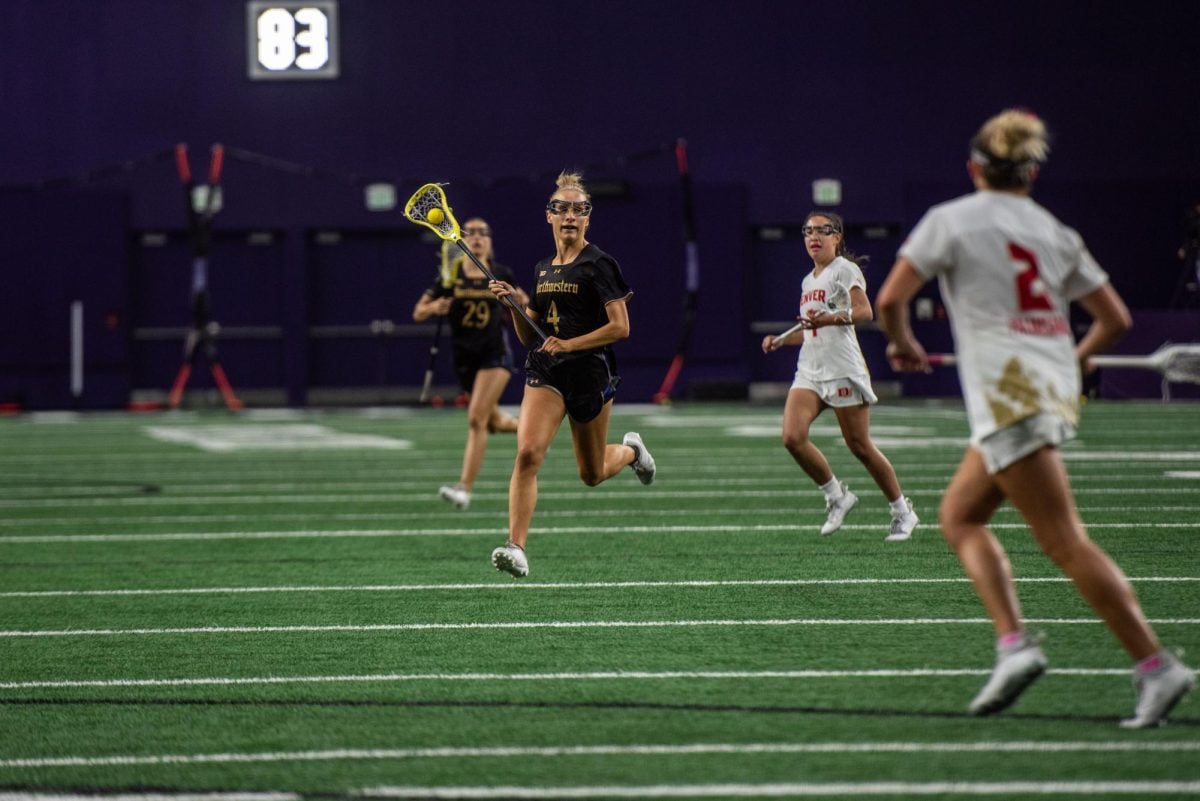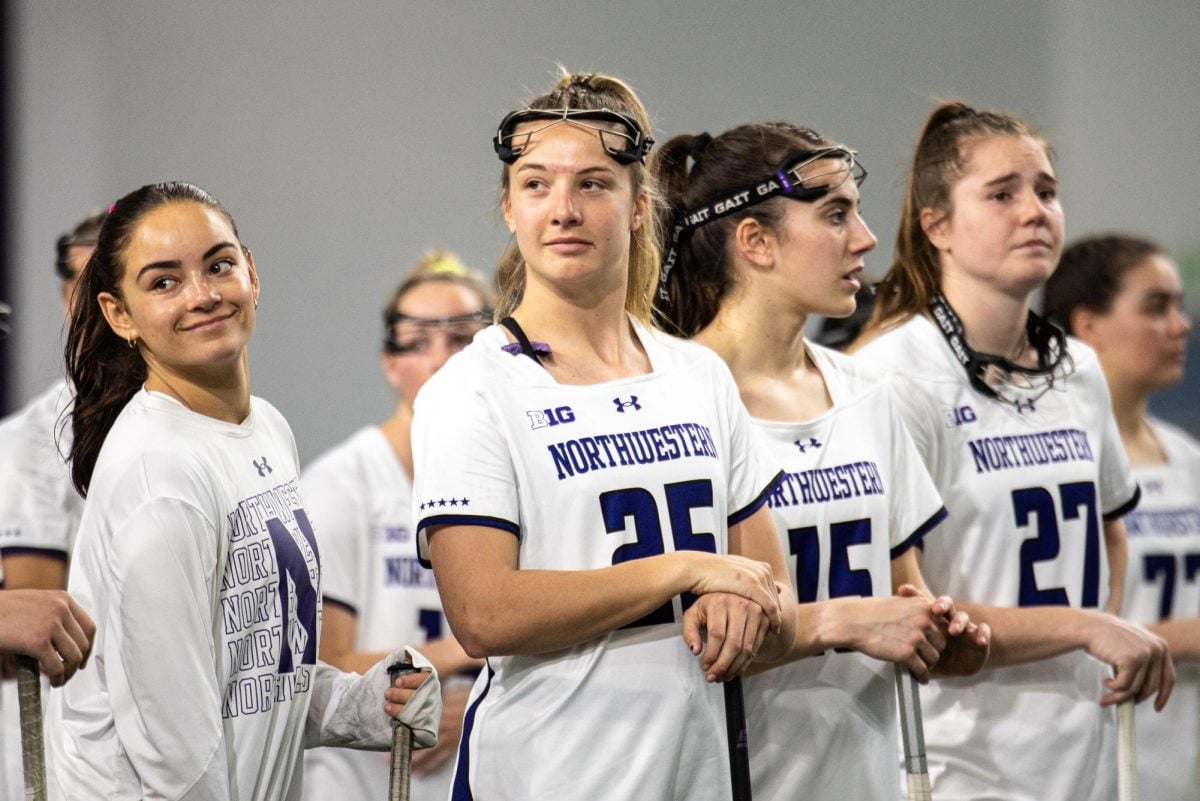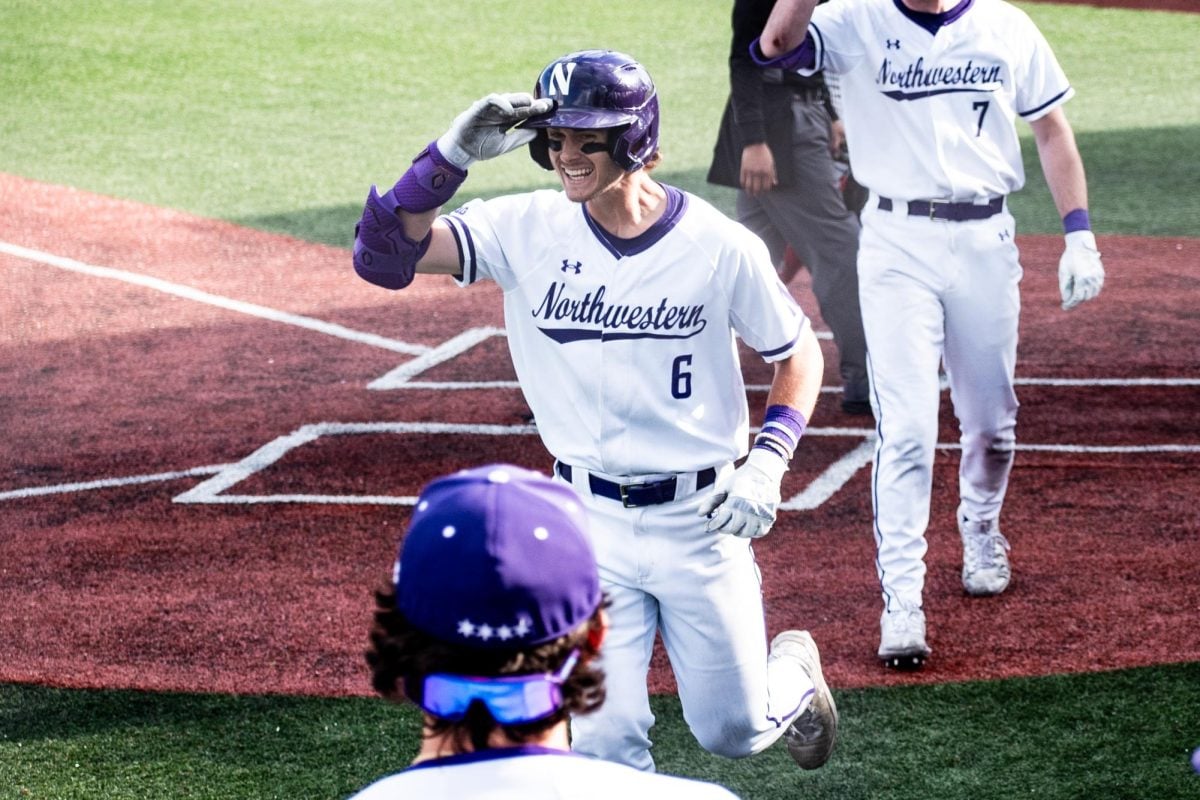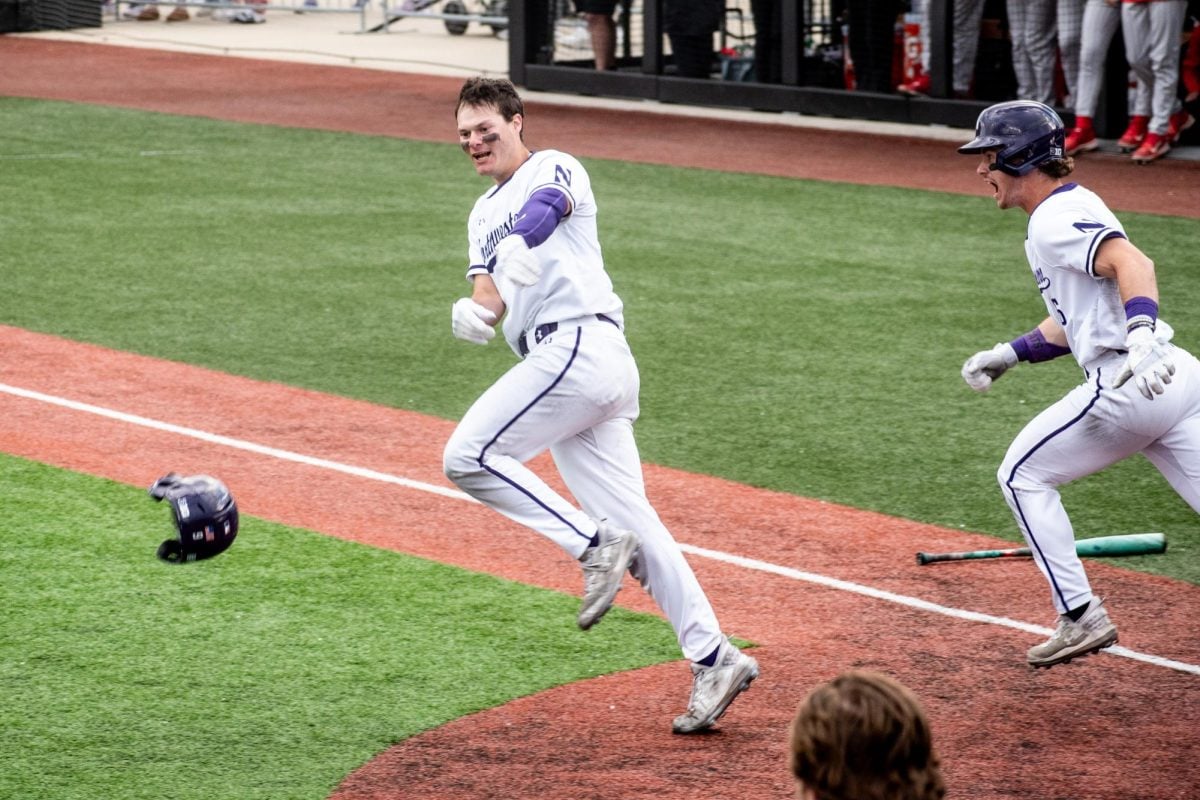Last Saturday’s win over Miami (OH) marked the end of Northwestern’s nonconference slate for 2009. Less than three months remain before attention shifts to 2010, when fans will start picking out must-see games and predicting Wildcats’ wins and losses.
One problem: The team still has to schedule another game for next year. And since most of these games are decided years in advance, not many options are left.
“It’s a challenge,” said Steve Green, NU’s deputy director of athletics. “There are a couple of dominoes that have to fall for the game to take place because people have some oral commitments. You have to wait and see how everybody plays their cards.”
Those potential opponents are trying to take advantage of the Cats’ undesirable position, hoping to receive a more favorable deal. NU had originally agreed to a series with Southern Methodist, but that fell through a few years ago. Even though many replacement possibilities have been explored, nothing has materialized.
The athletic department starts marketing the next football season about a month after the national championship game. Trying to sell tickets to a game against a mystery team is not preferable, so there is a sense of urgency to strike an agreement soon.
“We want to fill the date,” Green said. “Right now, we’re at the place where we need an opponent. …We don’t want to be here in March of next year saying, ‘Who are we going to be playing?'”
NU’s dilemma is just one of the many headaches of putting together the schedule for a big-time college football program.
Jim Phillips, NU’s director of athletics, gives the majority of the scheduling responsibilities to individual coaches, occasionally chiming in with his own recommendations. Football is a different animal.
“I’m really engaged in (creating the football schedules),” he said. “I do a little bit of work on basketball, but really for most of the other sports, the coaches do it.”
Phillips, Green and coach Pat Fitzgerald are the major decision makers in the scheduling process. The trio spends countless hours discussing potential opponents.
Their philosophy is simple – of the 12 regular season games, play only five on the road. Conference play spans eight games, with an equal number of home and road contests, leaving four games against teams outside of the Big Ten.
“Our goal is to have seven home games,” Phillips said. “That means your four nonconference games, you’re aiming to have three games at home and one game on the road.”
The NU braintrust has an idea what it would like each of those games to be. The first would be against an FCS (formerly known as I-AA) opponent, preferably an in-state school for that matchup, in the future.
“The formula that we’re trying to get to in years down the road is that we’re always going to play an I-AA (team), but I would really like to play Illinois State, Western Illinois, Southern Illinois, Eastern Illinois,” Phillips said.
The second nonconference tilt would feature a “mid-major” opponent from a conference that does not automatically send its champion to a BCS bowl. That game would be played at Ryan Field and not require a trip to the other team’s stadium at a later date.
The last two opponents would both be major programs.
“They should be BCS schools from BCS conferences – one to be played at home, and one on the road,” Phillips said. “That’s how you get to the 3-1 model for the nonconference schedule and the 7-5 model overall.”
But not everything always works out according to plan.
With the general framework in place, the next step is getting in touch with potential opponents. Phillips, Green and Fitzgerald often initiate the contact.
“We try to take an aggressive approach, meaning we try to reach out to as many schools as possible, as many schools as fit that 3-1 model,” Phillips said.
The trio is in agreement on scheduling schools that are like NU – smaller, academically prestigious and rich with tradition. Those programs tend to be the same ones Fitzgerald is competing with for top high school players across the nation.
“I’d like to play academic comparables, schools that have very similar makeups to us and those that we’re going to recruit against, and then play in geographic areas that we’re going to recruit in,” he said.
Phillips stressed the importance of having strong personal relationships with other athletic directors. Many of the calls he makes are to close colleagues and friends. Plus, Phillips does not turn down any school right away, presenting the possibility to Fitzgerald and Green so they can come to a group decision.
These arrangements are not always set in stone, and sometimes they fall through. Like what happened with Southern Methodist, late conflicts can surface and throw a wrench in the process.
At most schools, football is the most profitable sport – and also the most expensive. For nonconference agreements with a lower-level team, large sums change hands.
“Money plays a big role in nonconference games,” Fitzgerald said. “There are schools that are non-BCS that have to try to find a way to help augment their budgets. We’ve stayed pretty steadfast in our philosophy.”
Some of the biggest schools offer in excess of $1 million for one home game. Because NU’s games are not as profitable as those of other Big Ten teams, guarantees like that are out of the question – Green said even if the Cats sell out, their crowd is less than half that of some conference squads.
In most cases, non-BCS schools have only a slim chance to win a game against a team from a major conference. But making enough money to either break even or expand their football program is a bigger priority for smaller schools. Intense bidding wars can break out over those teams.
“That’s really a competitive process, because maybe their model is that they’re going to play one BCS school every year, so part of their requirement may be that they want to go and play at the school that’s going to give them the highest guarantee amount,” Phillips said.
Phillips has seen it from both sides. Before coming to NU, he spent four years as the athletic director at Northern Illinois, a member of the Mid-American Conference.Phillips’ scheduling goals then were different than they are now.
“At a place like Northern Illinois, part of my responsibility every year was to find a BCS team that we could play,” he said. “We wanted a chance to play a school at that level, but we also wanted the financial benefits of playing a school at that level. In the Big Ten, that’s not necessarily the case.”
Setting up games between two teams from major conferences is simpler. The most common contract is a home-and-home, in which the two teams each play a home game against the other. That does not involve a net profit for either side.
“Usually you just exchange travel expenses, or a little more than expenses,” Phillips said. “For example, in one of the BCS games that we’re going home-and-home, we may exchange $125,000 to $150,000 with them. So when we go to their place, they pay us that amount, and when they come to us, we pay them that amount.”
Phillips assumed his position less than two years ago, but he has already accomplished several of the program’s scheduling goals.
“I’m very excited about the progress that we’ve been able to make and what the future schedule looks like,” Phillips said.
Next year, NU plays the first of four games against Vanderbilt. The Cats have not faced a Southeastern Conference school since 2005. They will take on the Commodores in Nashville, Tenn., in 2010 and 2013, and host them in 2012 and 2014.
NU also starts a home-and-home against Boston College in two years and made similar arrangements with Pac-10 teams California (2013, 2014) and Stanford (2014, 2015), as well as Army (2011, 2015).
The 7-5, 3-1 model does not hold up every year – in 2013, the Cats play all four games against teams from BCS conferences, and three of those are on the r
oad.
NU’s growing success is making it harder to find willing opponents, too. The team has improved from 4-8 to 6-6 to 9-4 in Fitzgerald’s three seasons.
“Scheduling becomes more difficult the better that your program is,” Phillips said. “A couple years ago, maybe in Coach Fitzgerald’s first year, it was easier to schedule than it is now because schools are looking for the same things that we’re looking for.”
But if that’s the price of winning, it’s one that Phillips, Green and Fitzgerald are more than willing to pay.







